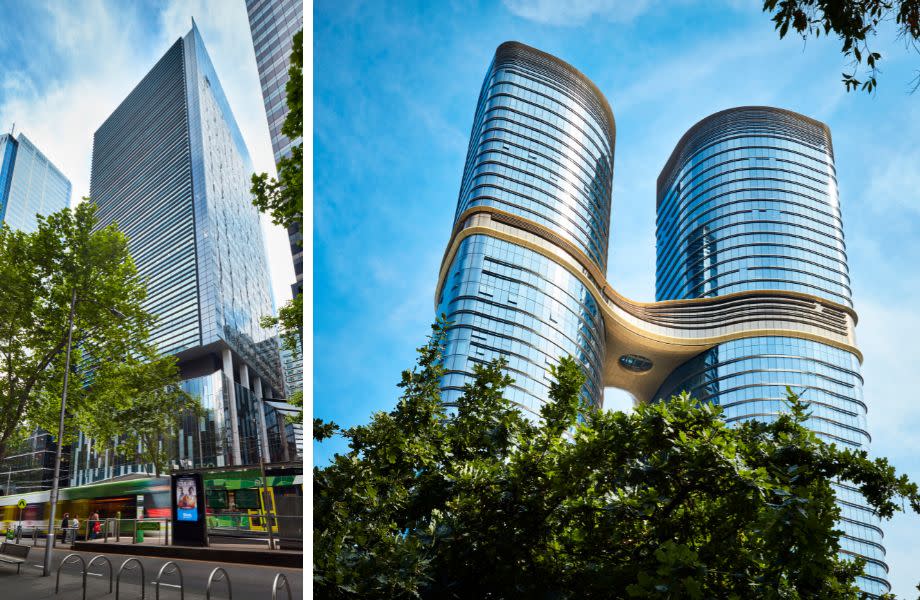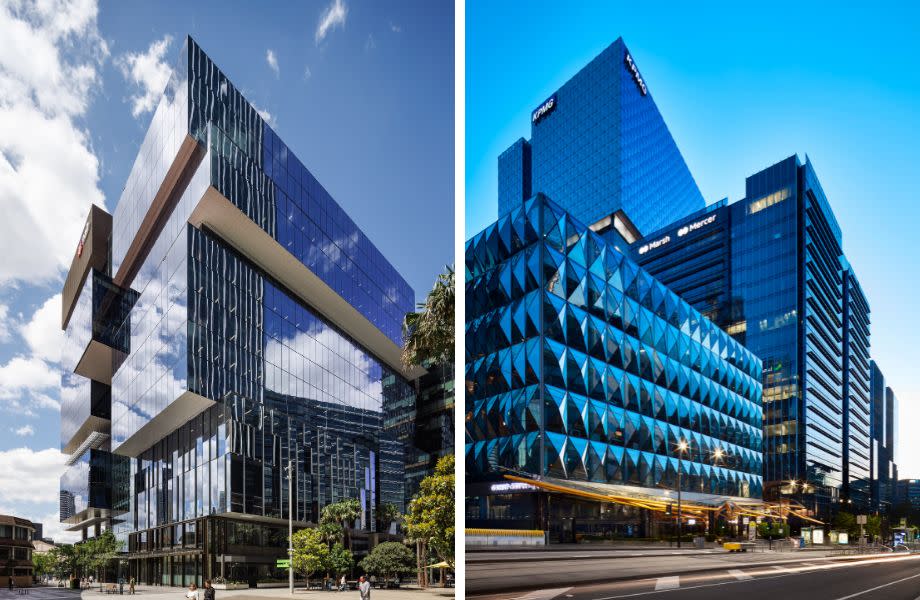Resources
Newsletter
Stay up to date and with the latest news, projects, deals and features.
Subscribe
As property developers and investors strive to align projects with decarbonisation goals, steel continues to evolve as a crucial material in creating more sustainable approaches to the built environment.
With growing pressure to address embodied carbon and align with regulatory frameworks, 2025 is set to be a pivotal year for the industry.
SENSE Solutions delivered by InfraBuild is playing its role for industry decarbonisation, redefining the role of steel in sustainable property development.
We spoke with SENSE Solutions about the sustainable trends shaping the property sector in 2025, and how their flagship product, SENSE 600, meets the future demands of industry transformation.
Steel manufacturing is undergoing a seismic shift with innovative processes that significantly reduce embodied carbon.
Representing this change, SENSE 600 offers up to a 39 per cent reduction in embodied carbon, compared to traditional 500N reinforcing steel, thanks to its use of 100 per cent scrap steel manufactured in InfraBuild’s Electric Arc Furnace (EAF) Mills in Australia.
This advancement now provides developers with an opportunity to deliver against sustainability targets while maintaining the structural integrity of their projects.

Circular economy principles are becoming integral to the lifecycle of construction materials. With a Material Circularity Indicator as high as 0.915, SENSE 600 exemplifies how steel can be designed for reuse and resource conservation.
By reducing raw material usage by up to 16.7 per cent while delivering an equivalent structural solution, SENSE 600 provides a pathway for property developers to contribute to the regenerative economy and play a bigger role in minimising waste through material efficiency.
As sustainability becomes a key priority in construction, the GBCA Green Star Buildings ratings tool is setting new benchmarks for environmentally responsible design and material selection.
SENSE 600 aligns with this ratings tool by meeting key initiatives such as GECA certification and an Environmental Product Declaration (EPD).
These can help projects meet Credits related to responsible materials and upfront carbon emissions.
For investors and developers, these credentials enhance a property’s marketability, long-term asset performance, and sustainability leadership.
The alignment of steel products with emerging policies, such as Australia’s Environmentally Sustainable Procurement Policy, will continue to transform the property development landscape.
With construction projects over $7.5 million now required to report sustainability outcomes, SENSE 600 provides a compliant and reliable way forward, ensuring properties are ahead of regulatory expectations.

Structural performance remains a critical factor for long-term sustainability, and innovations in steel grades are beginning to unlock efficiencies while reducing overall carbon footprint.
SENSE 600 exemplifies this trend, offering developers a material that not only meets but exceeds Australian Standards including AS 3600 (Concrete construction) and AS 5100.5 (Bridges)—creating new opportunities to enhance project outcomes with lighter, stronger, and more sustainable designs.
For property developers and investors, the above trends are more than technical advancements. They represent opportunities to future-proof assets, reduce risk, and meet growing market expectations for sustainability.
Products like SENSE 600 are at the forefront of this shift, providing the opportunity to integrate sustainability into key stages of property development.
As the sector continues to evolve, one thing is clear: the future of property development lies in innovative, sustainable materials that deliver both performance and environmental benefits.
The Urban Developer is proud to partner with InfraBuild to deliver this article to you. In doing so, we can continue to publish our daily news, information, insights and opinion to you, our valued readers.